When it comes to selecting the perfect knife for your culinary adventures or outdoor excursions, the material used in its composition plays a crucial role in its performance and longevity. From chef knives & sets to folding knives, understanding the nuances of various knife materials can help you make an informed choice. This article delves into the prominent knife materials such as steel and ceramic, discusses their advantages and disadvantages, and ultimately guides you to select the best option for your needs.
Exploring the Worlds of Knife Materials
The world of knife materials can be overwhelming, especially with a wide array of options available in the market today. Whether you’re a hunting enthusiast looking for reliable hunting knives, a chef scouring for the perfect chef knives & sets, or just someone interested in quality pocket knives, knowing the characteristics of different materials will give you an edge.
Stainless Steel: The Versatile Classic
One of the most commonly used materials for knife production is stainless steel. Known for its corrosion resistance, stainless steel is favored by many chefs and outdoor enthusiasts alike. It contains chromium, which helps in preventing rust and staining.
Advantages of Stainless Steel
- Corrosion Resistance: Ideal for kitchen environments and outdoor use, stainless steel knives resist moisture and rust.
- Durability: Strong and long-lasting, stainless steel is capable of withstanding heavy use.
- Easy Maintenance: Stainless steel knives are easy to sharpen and maintain.
Disadvantages of Stainless Steel
- Retention of Edge: Generally, stainless steel doesn't retain an edge as well as high-carbon steel.
- Weight: Some stainless steel knives can be heavier, which may not be suitable for everyone.
High-Carbon Steel: The Cuts Like a Dream
High-carbon steel is another popular option for knife enthusiasts. The key difference between stainless steel and high-carbon steel lies in their composition. High-carbon steel eliminates the chromium content, making it less resistant to rust but easier to sharpen and maintain a razor-sharp edge.
Advantages of High-Carbon Steel
- Superior Edge Retention: Known for its ability to maintain a keen edge longer than stainless steel.
- Easy Sharpening: High-carbon steel knives are easy to sharpen, allowing a quick touch-up when necessary.
- Fine Cutting Performance: The sharp edge allows for smooth cutting and precision.
Disadvantages of High-Carbon Steel
- Susceptibility to Rust: Requires frequent maintenance and careful drying after washing.
- Less Forgiving: The material is more brittle than stainless steel, making it more prone to chipping.
Ceramic Knives: The Lightweight Innovators
Ceramic knives have emerged in recent years as an alternative to traditional metal knives. Made from advanced ceramic materials, they offer several benefits that make them appealing to certain users.
Advantages of Ceramic Knives
- Lightweight: Ceramic knives are exceptionally light, making them comfortable to use for extended periods.
- Edge Retention: They can hold their sharp edge for much longer than both high-carbon and stainless steel.
- Rust-Free: Being made of non-metallic materials, ceramic knives don’t rust or corrode.
Disadvantages of Ceramic Knives
- Brittleness: They are fragile and can break or chip easily if dropped.
- Limited Versatility: Ceramic knives are generally unsuitable for tasks like cutting frozen or tough materials.
- Hard to Sharpen: Unlike steel, ceramic knives require specialized tools for sharpening.
Understanding Specialty Knife Materials
Aside from traditional materials like stainless steel and ceramic, there are several specialty materials worth exploring. These materials often combine the benefits of several other types, creating niche tools for both kitchen and outdoor environments.
Titanium: The Lightweight Powerhouse
Titanium is known for its strength-to-weight ratio and is often used in specialized knives. It is particularly popular among those who love adventure.
- Lightweight: One of the lightest metals available, making titanium knives easy to carry.
- Corrosion Resistance: Resistant to rust and very durable.
- Non-reactive: Safe for food preparation, titanium does not impart flavors.
Damascus Steel: The Beauty and Strength
Renowned for its beautiful patterns and exceptional performance, Damascus steel is made from multiple types of steel welded together. This traditional technique results in knives that offer both aesthetic appeal and functionality.
- Unique Patterns: Each knife has a one-of-a-kind design, making them ideal personalized gifts.
- Excellent Sharpness: Holds a sharp edge and is resistant to chipping.
- Traditionally Crafted: The unique crafting process gives the steel added strength.
Choosing the Right Knife Material for Your Needs
So how do you choose the right knife material? Your specific needs and cooking or outdoor style play a significant role in this decision. Here are some guiding questions to consider:
- What will you primarily use the knife for? Hunting, culinary preparation, or outdoor activities?
- How often do you plan to sharpen your knife? If you’re someone who doesn’t have the time to sharpen often, consider stainless steel.
- Do you require a specific level of maintenance? High-carbon and ceramic knives necessitate more care than their stainless counterparts.
- What is your budget? Specialty materials like Damascus steel may come at a premium price.
Consider Your Style: Knives as Personalized Gifts
Knives are not just tools; they can also serve as eye-catching pieces in your kitchen or hunting gear. When considering options for personalized gifts, knives made of high-quality materials attest to great craftsmanship and thoughtfulness.
Whether you’re planning to gift a stunning Damascus steel knife or a reliable stainless steel folding knife, choosing the right material can make a significant impact on the overall appeal of the gift. A well-chosen knife can be a treasured item, reflecting not just utility but also the thoughtfulness put into its selection.
Summary: Crafting Your Perfect Blade
Understanding knife materials is essential for making an informed decision about which knife is right for you. Whether you lean towards the practical durability of stainless steel, the sharp finesse of high-carbon steel, or the modern appeal of ceramic, each option presents unique strengths and weaknesses.
Explore your options and consider your lifestyle and needs. The right knife can elevate not only your culinary skills but also your outdoor experiences. As you make your choice, remember that selecting a knife is more than just contemplating material; it’s about finding the perfect companion for your adventures in the kitchen or the wild.








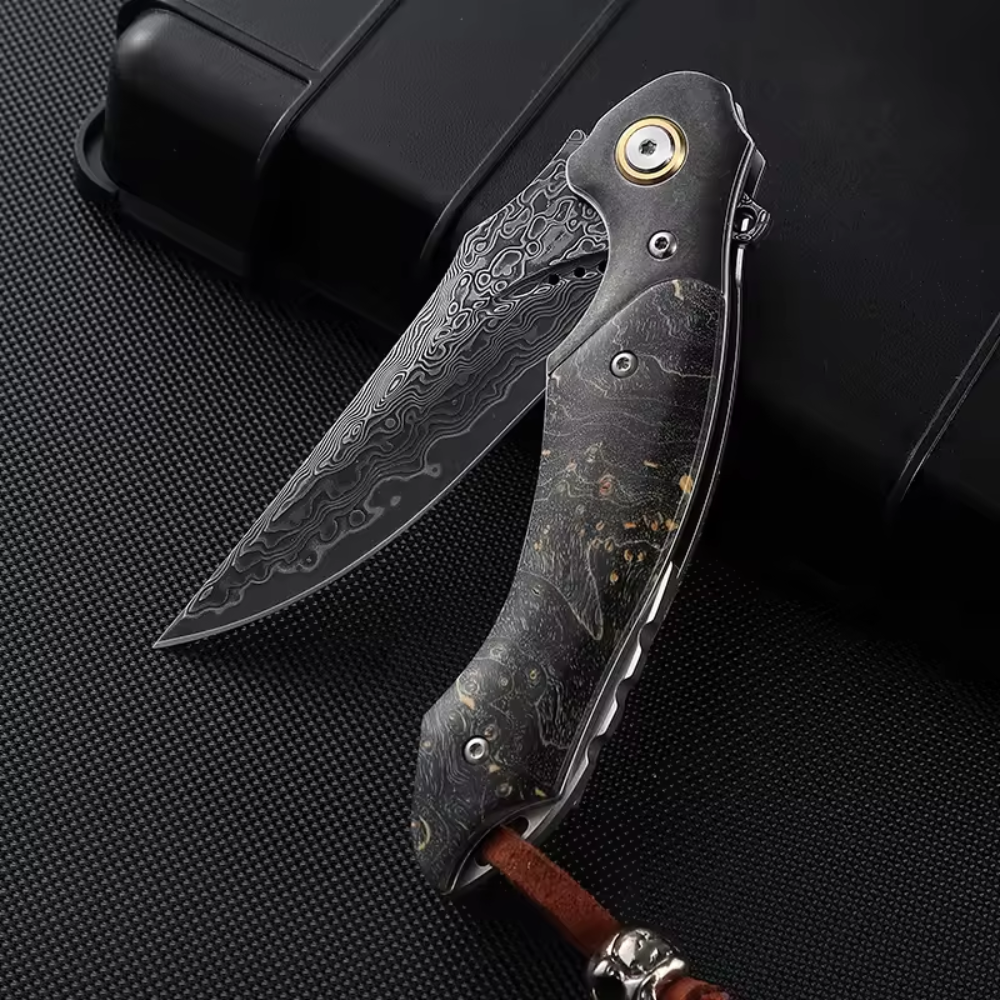
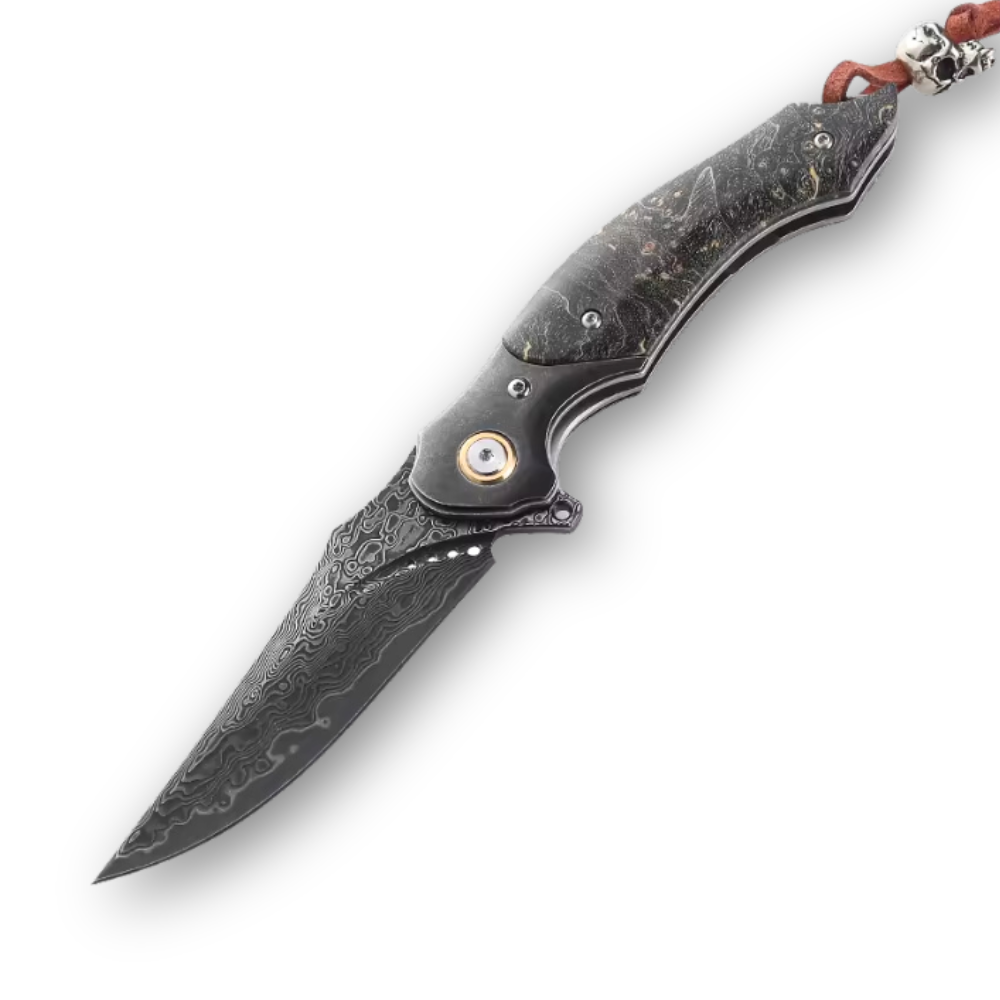
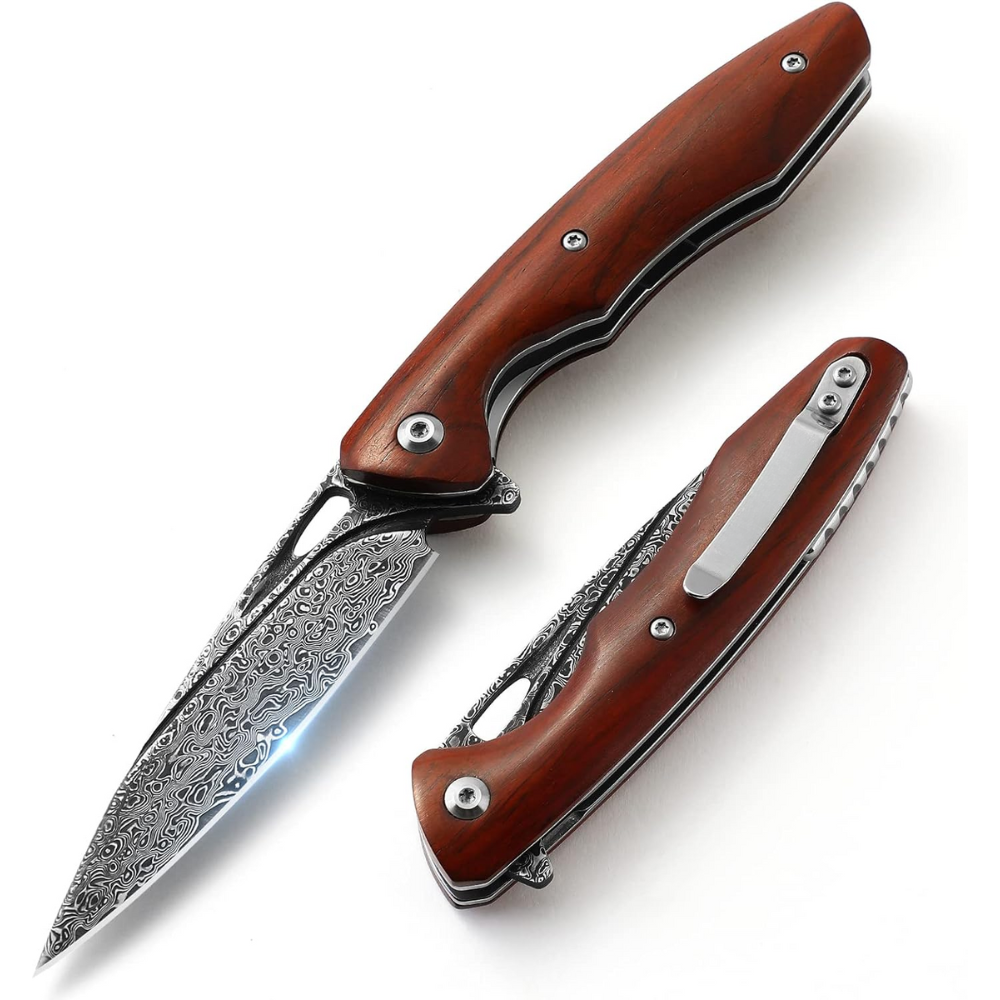
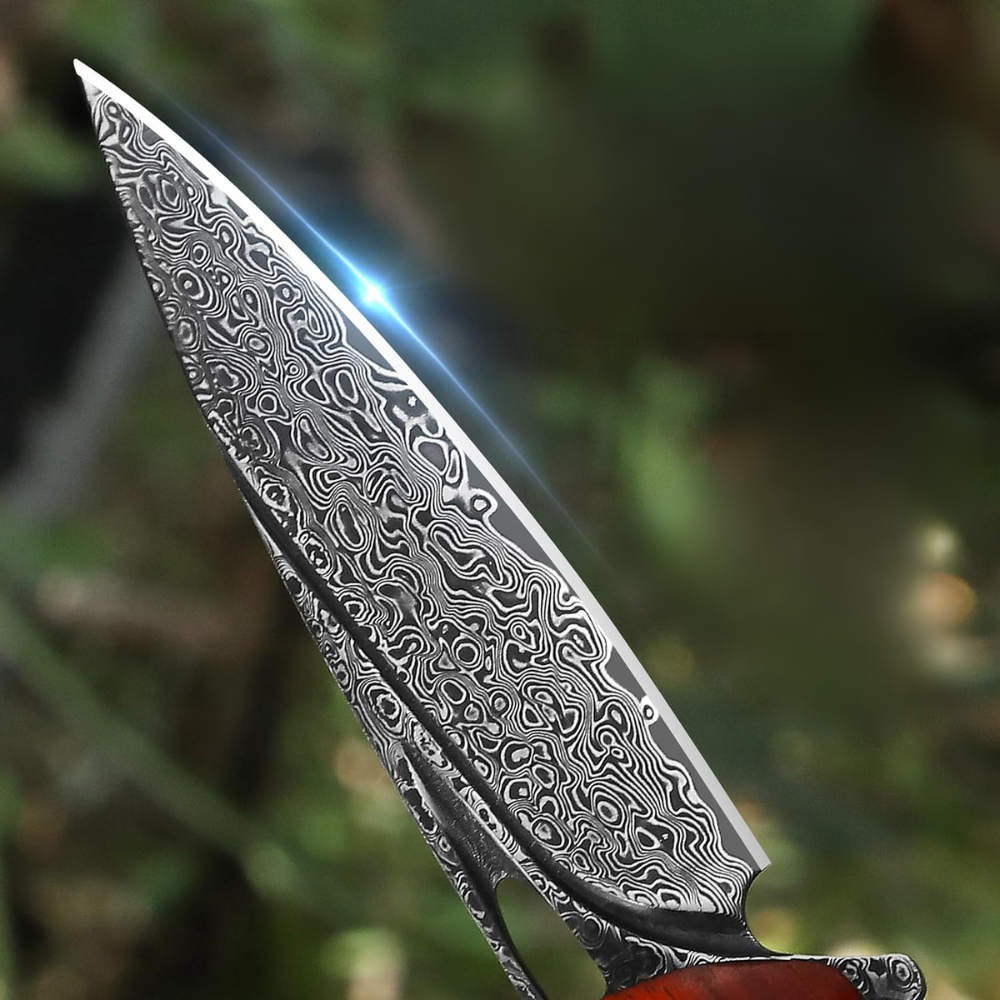








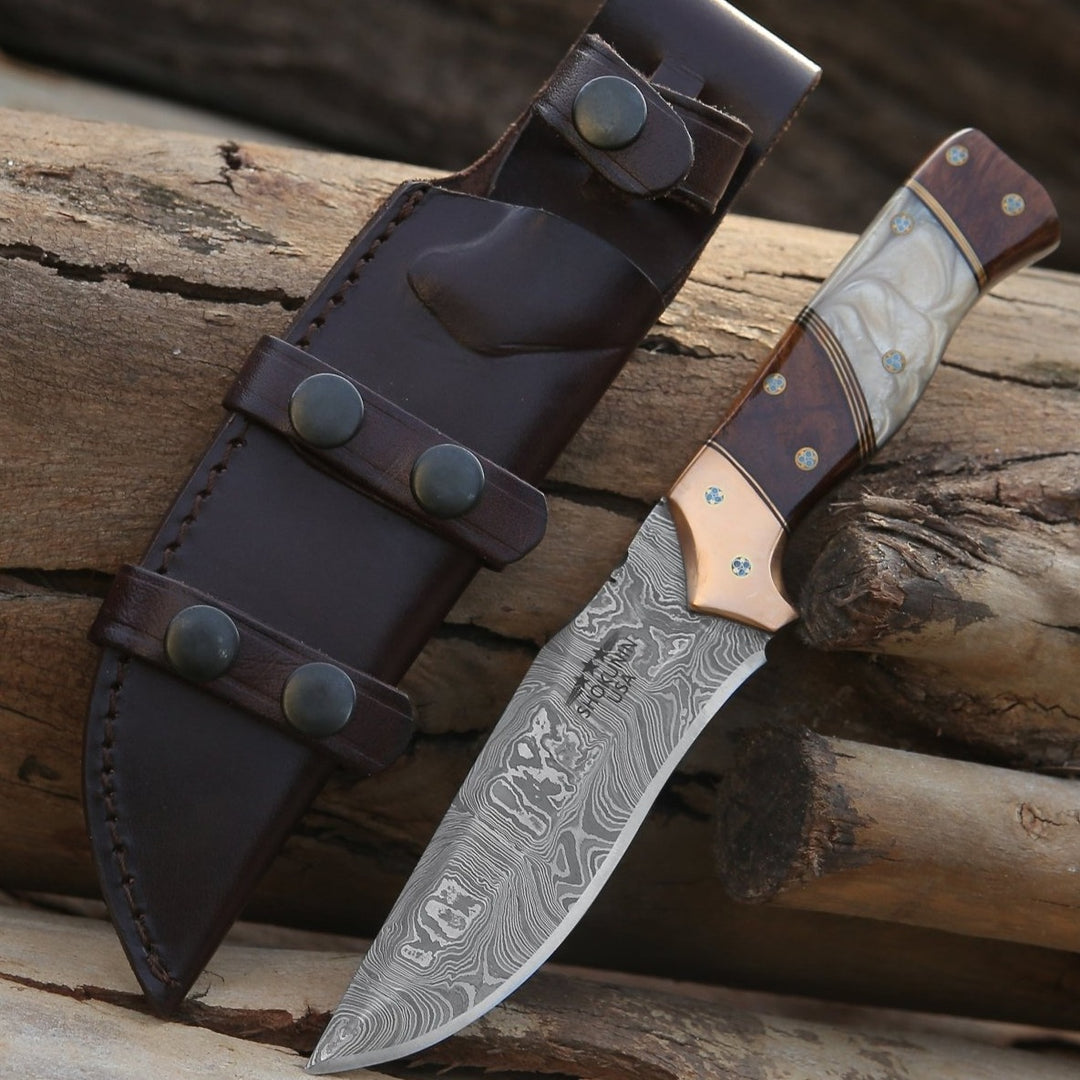
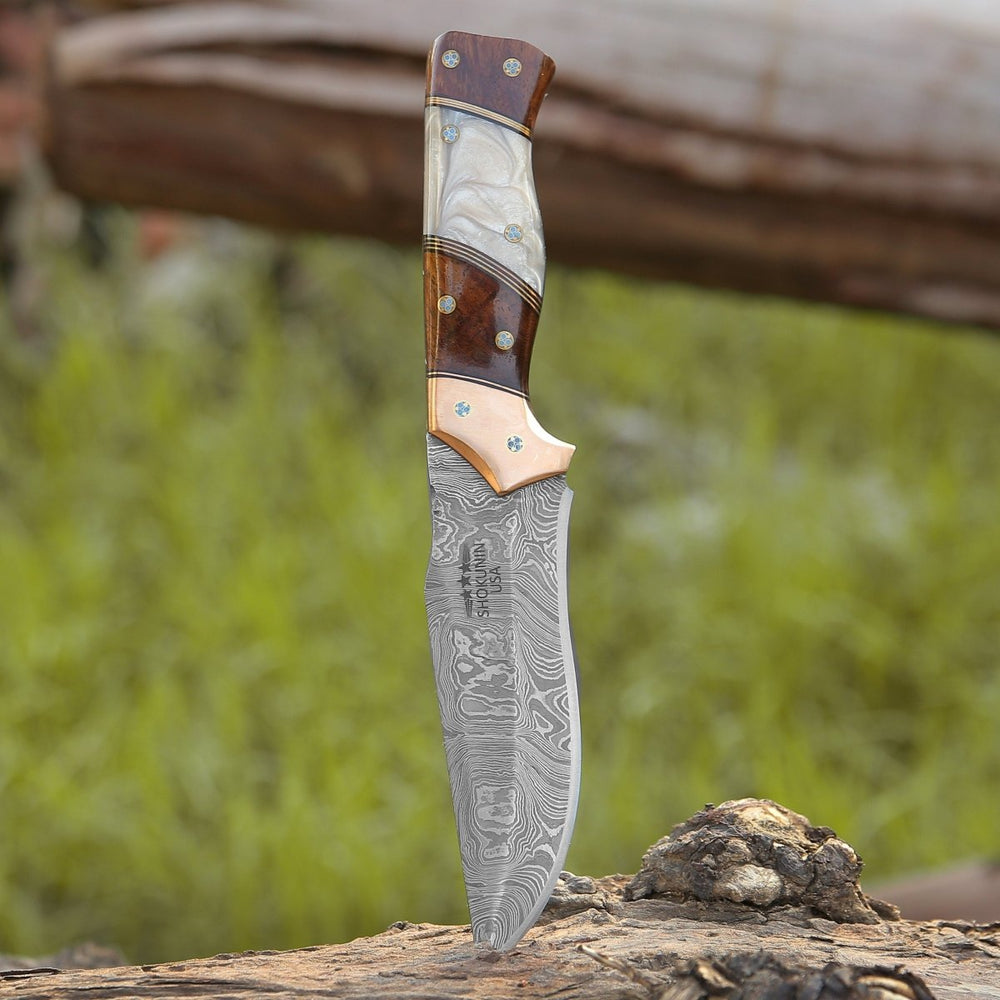


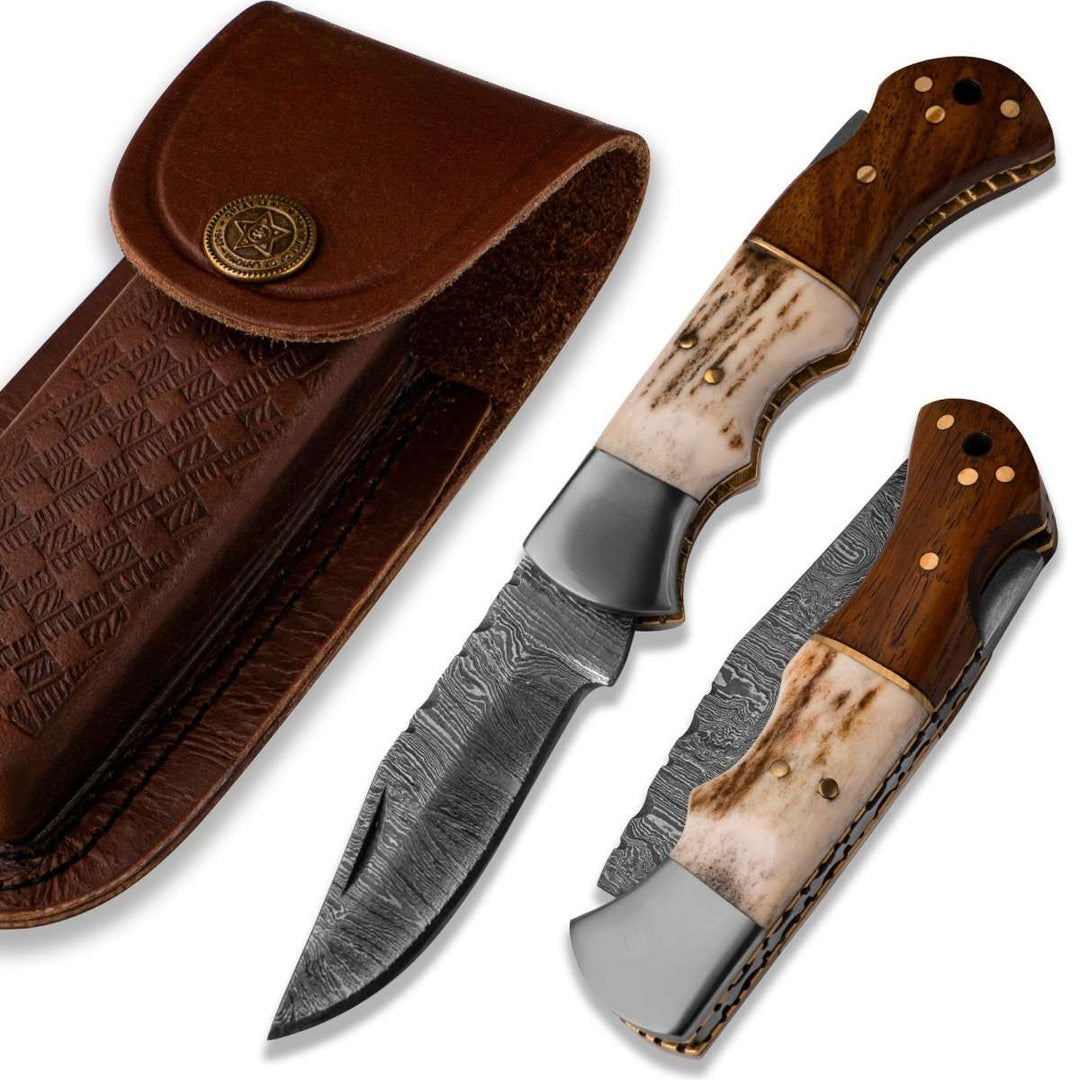
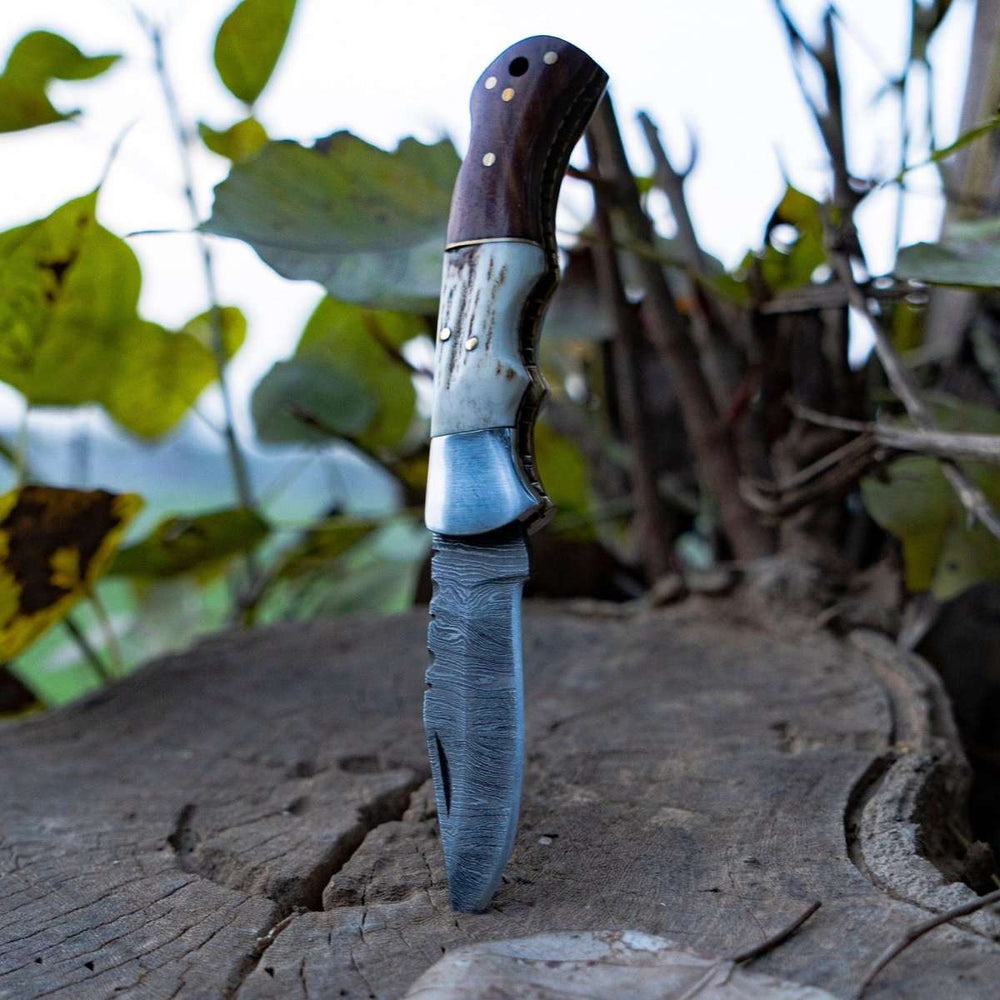




Laissez un commentaire